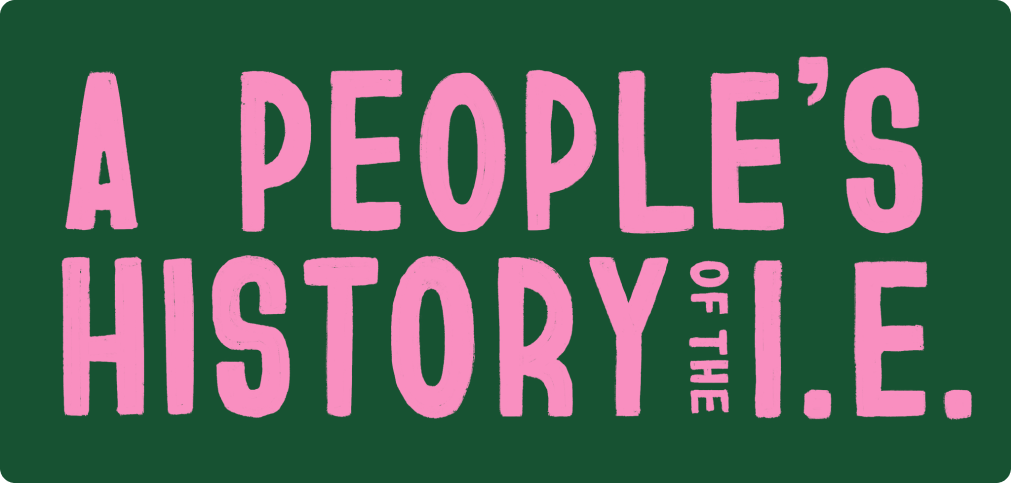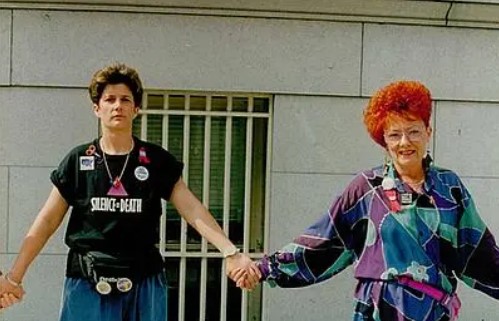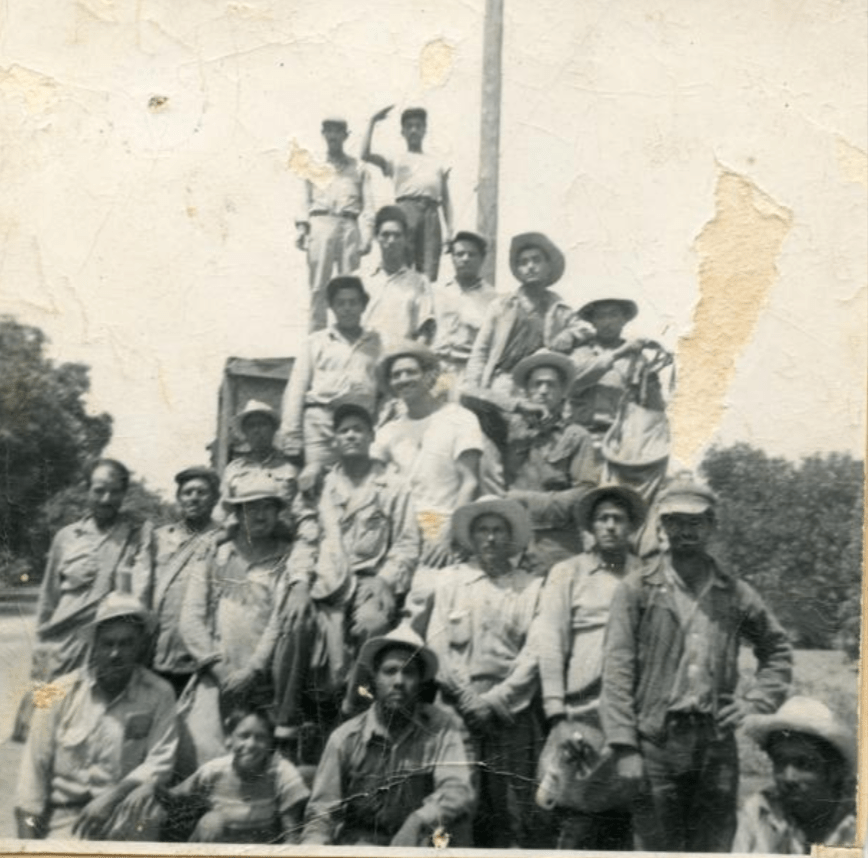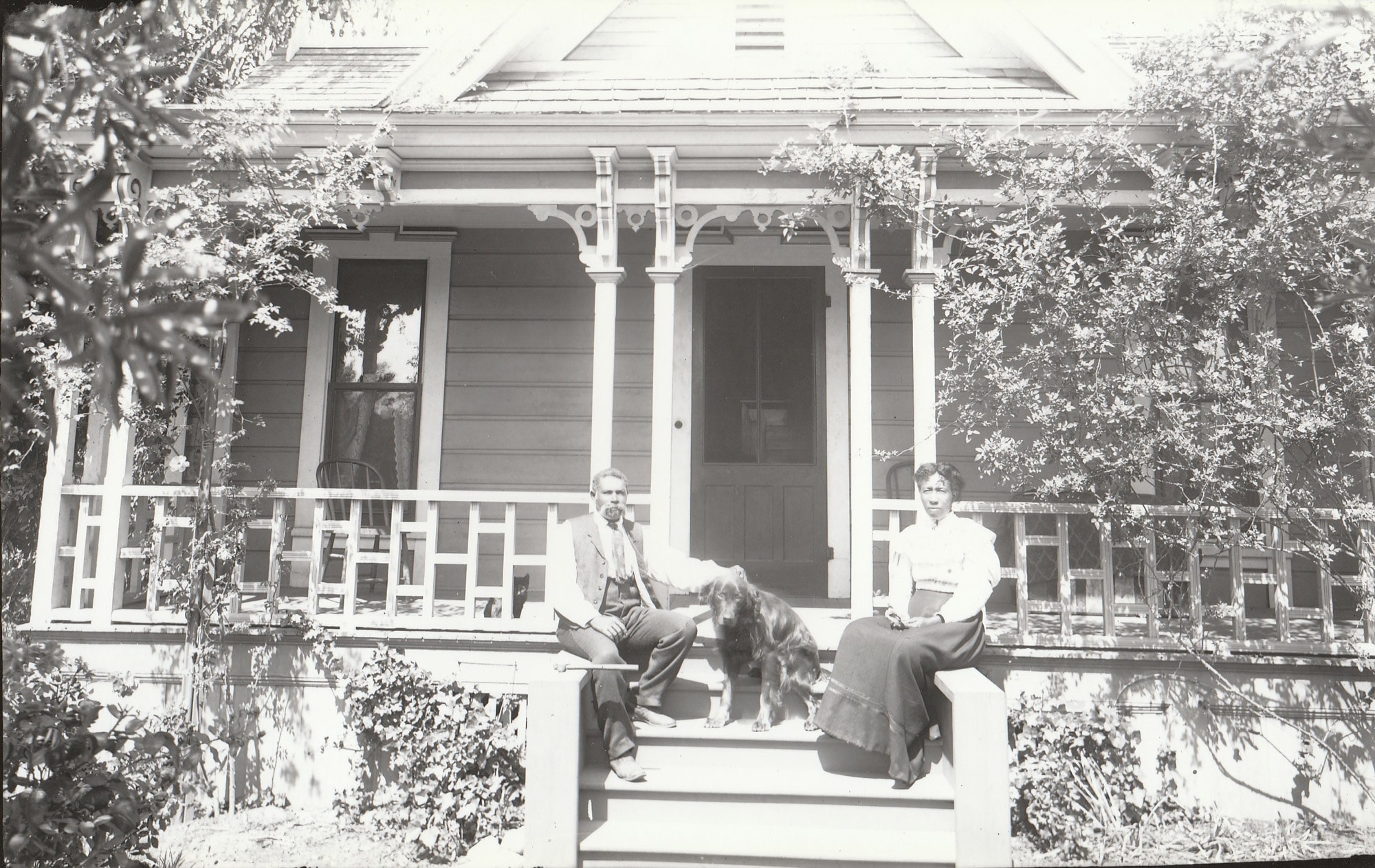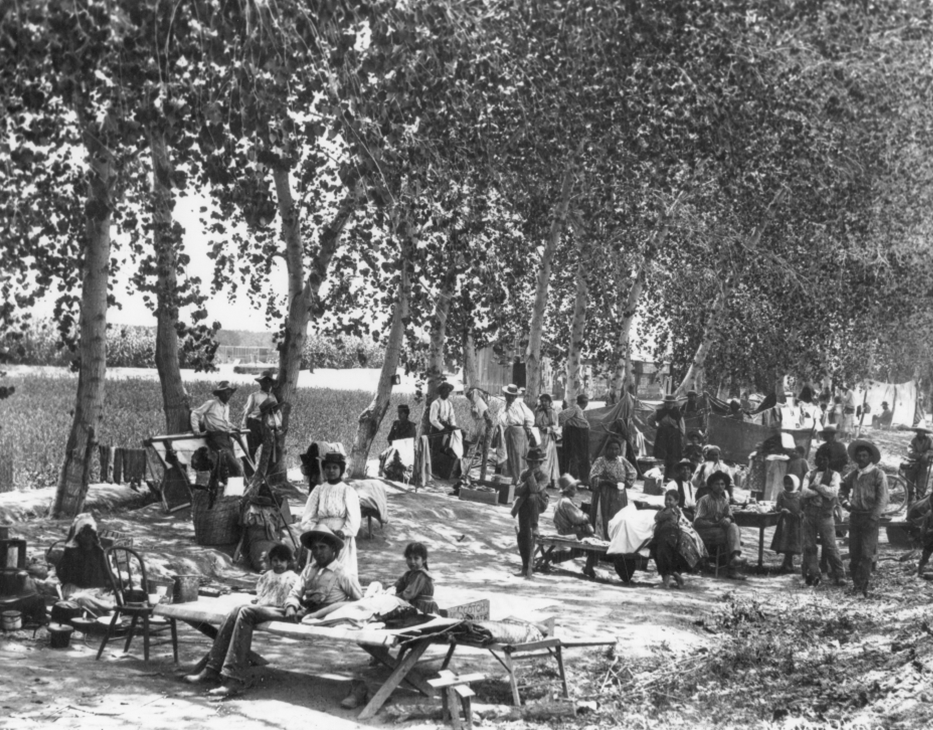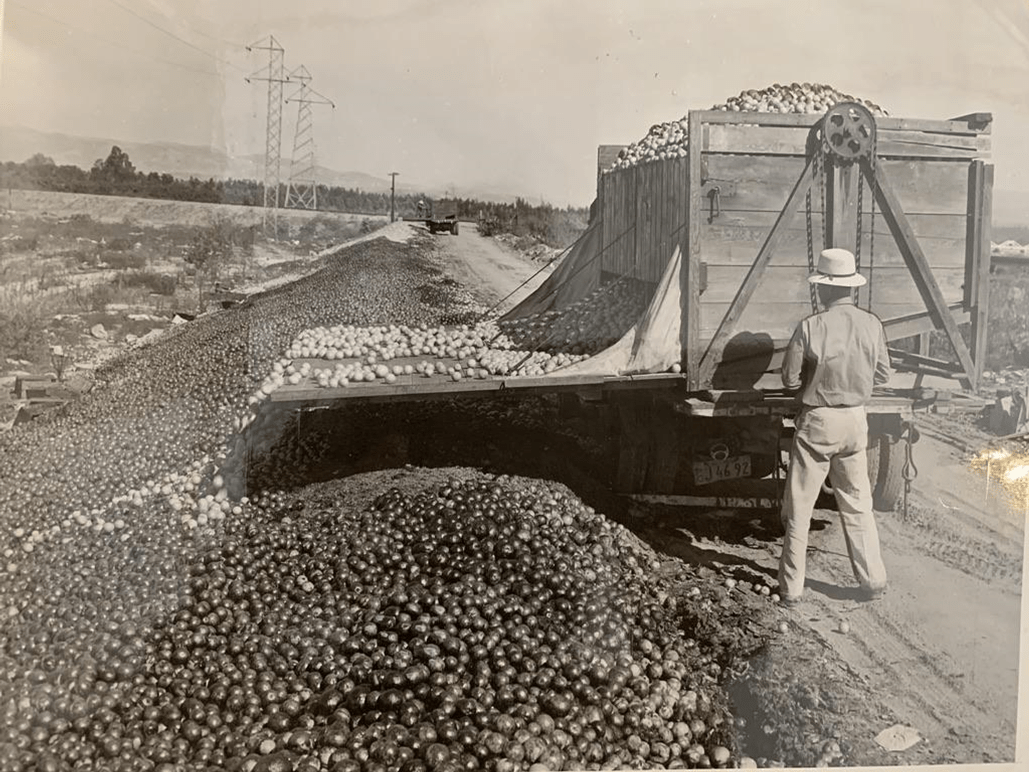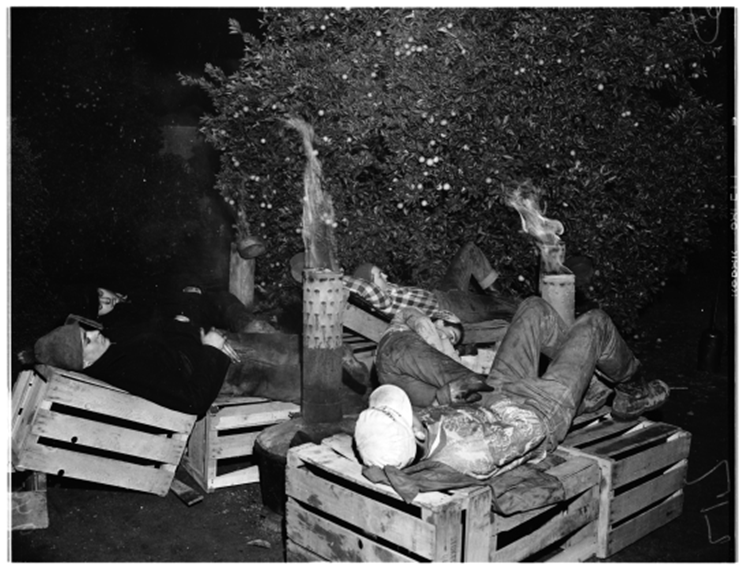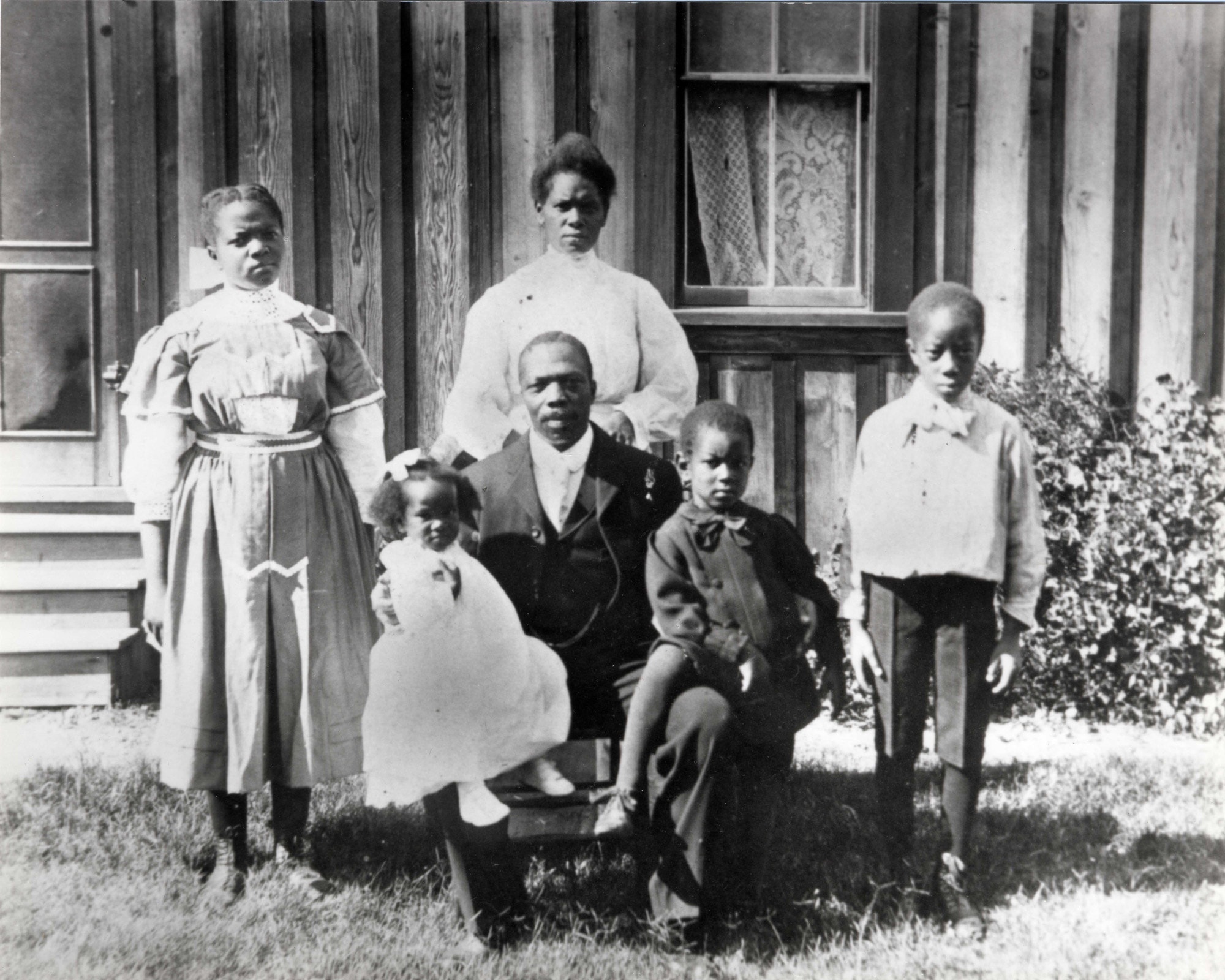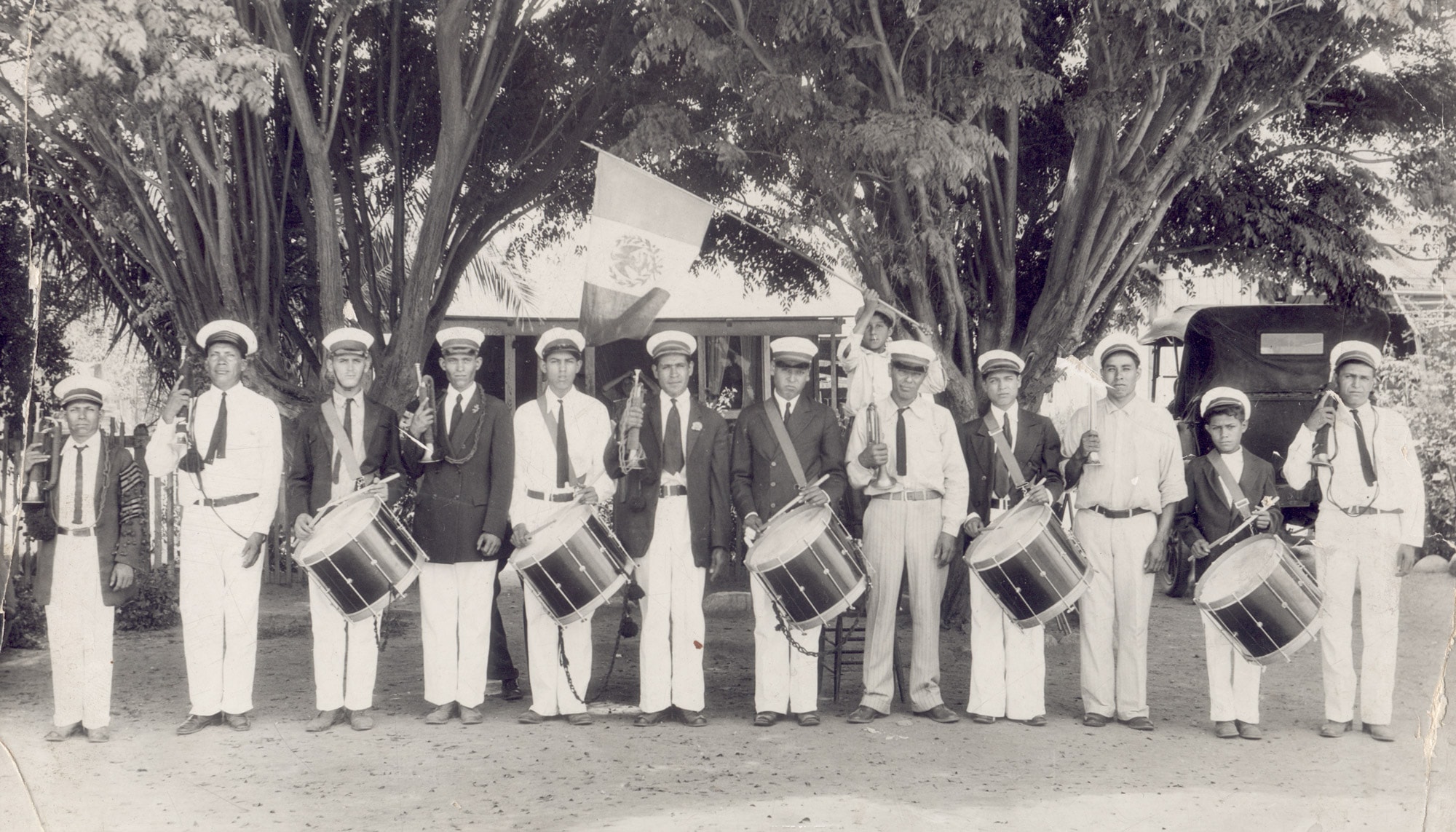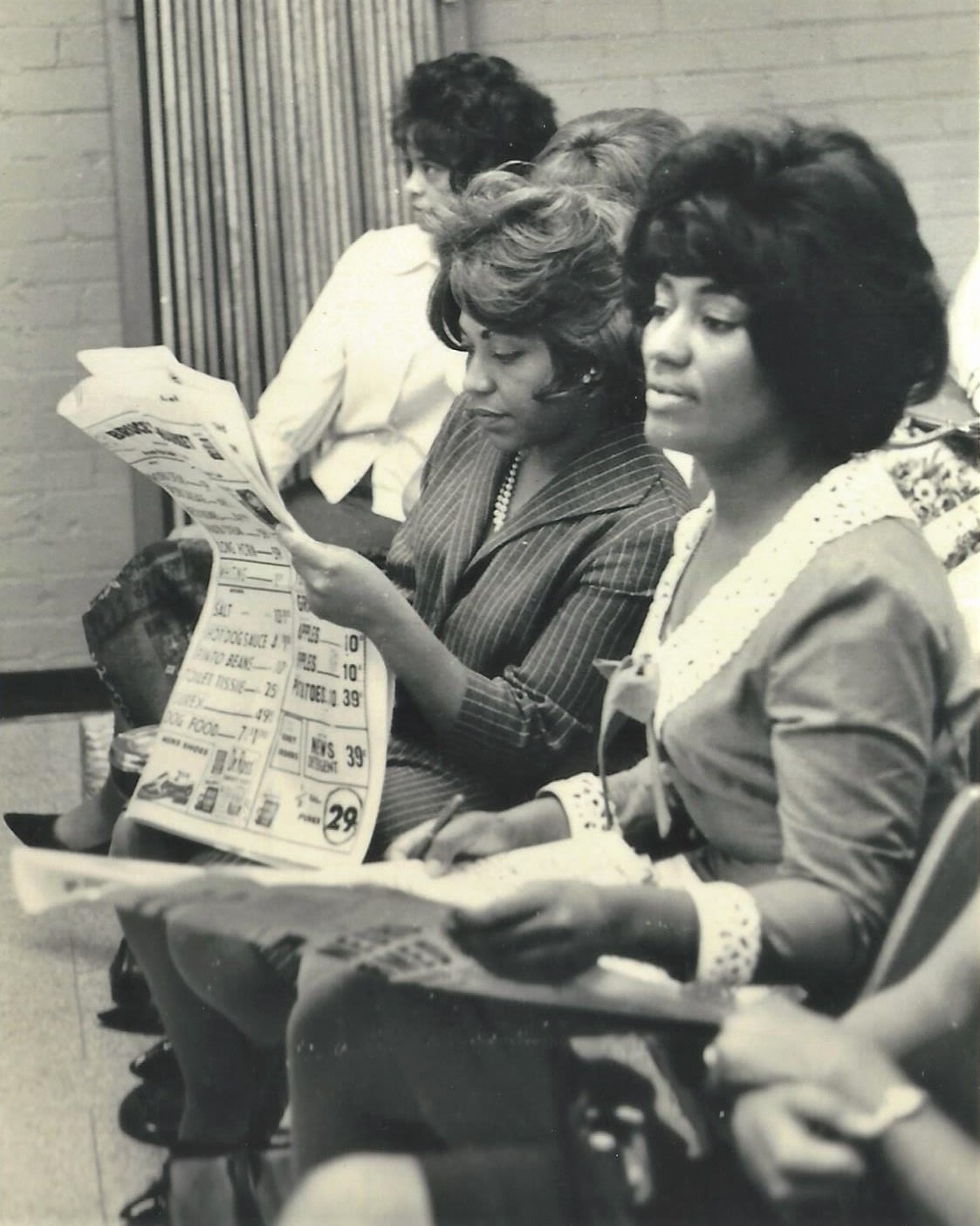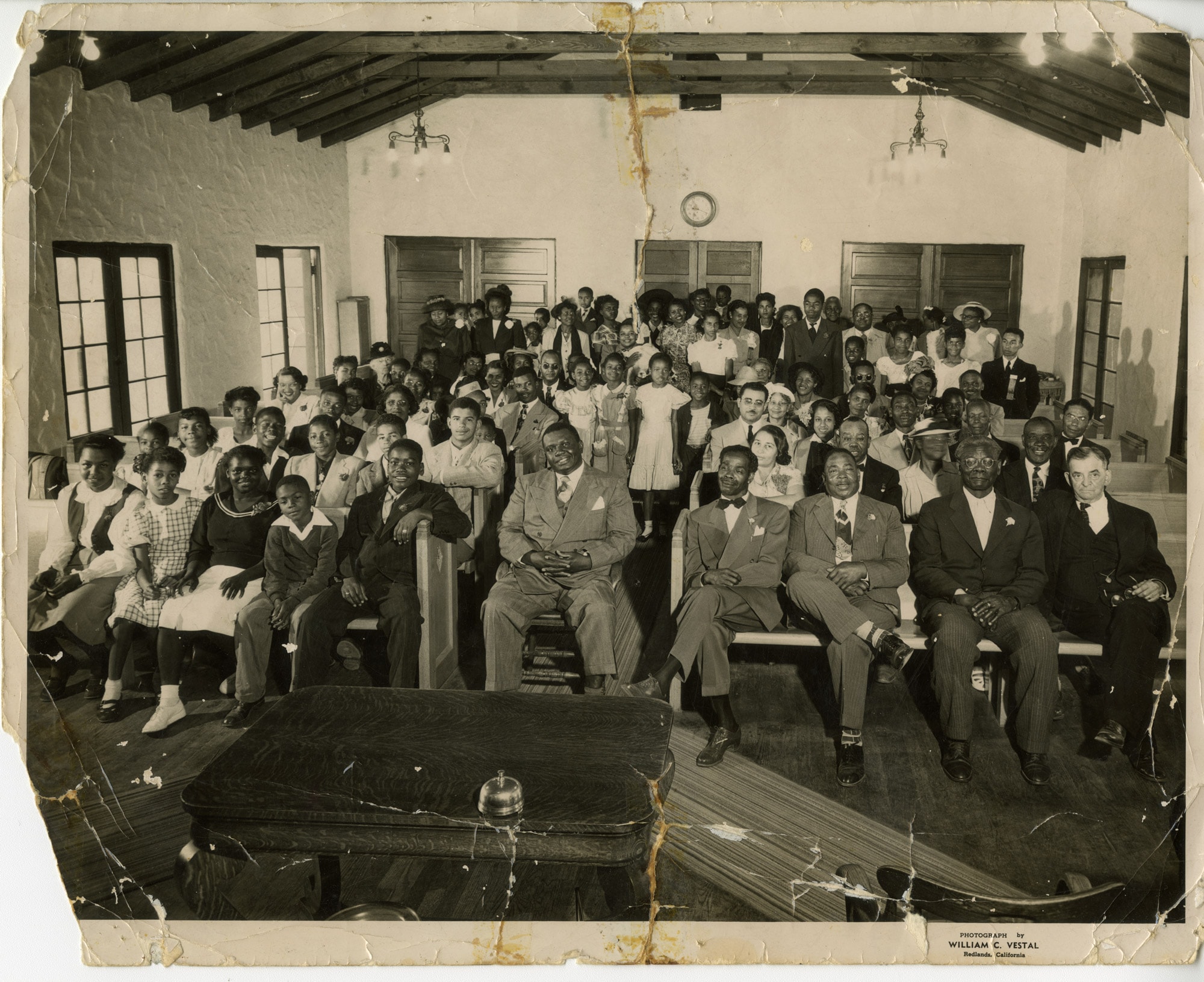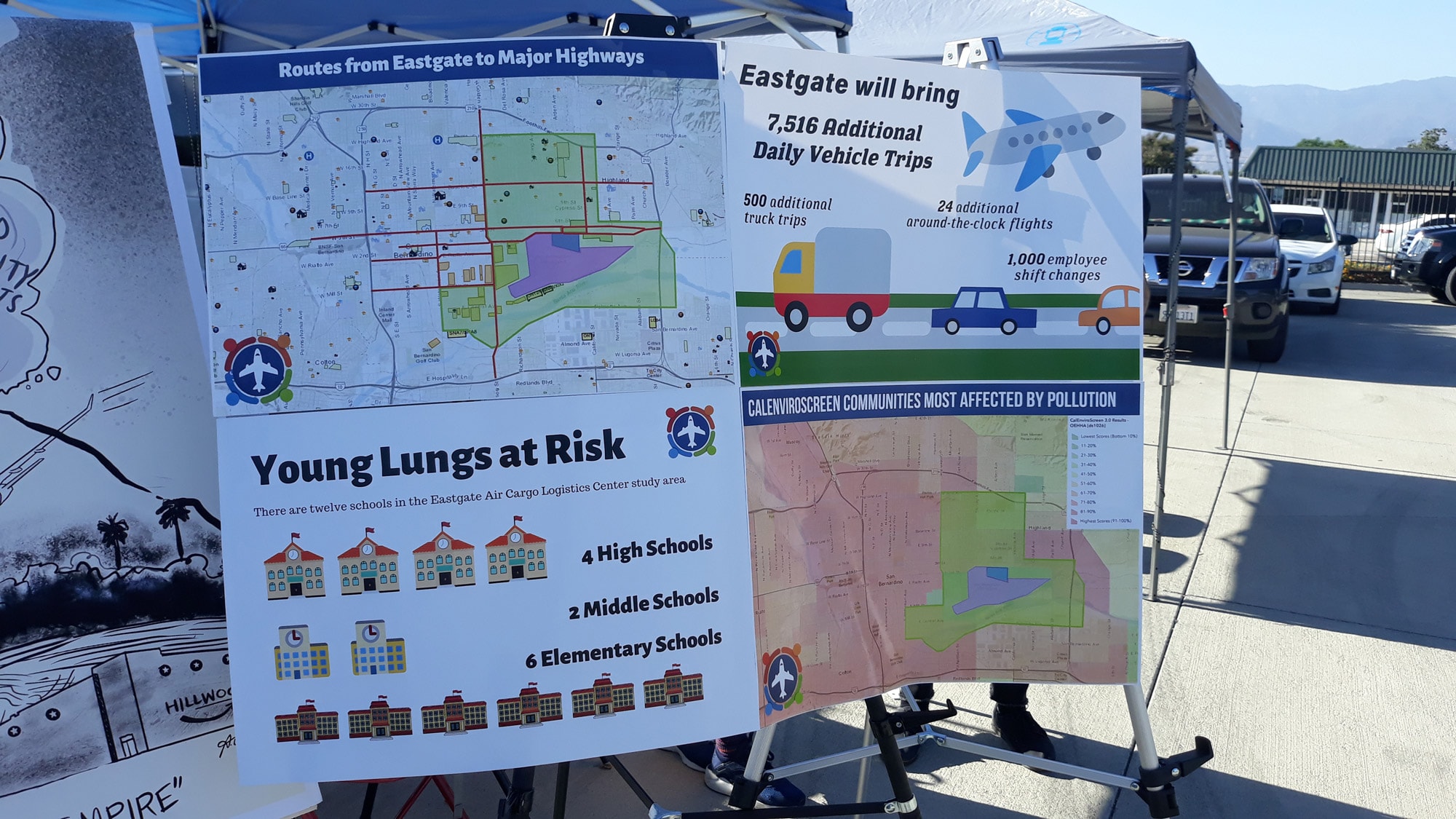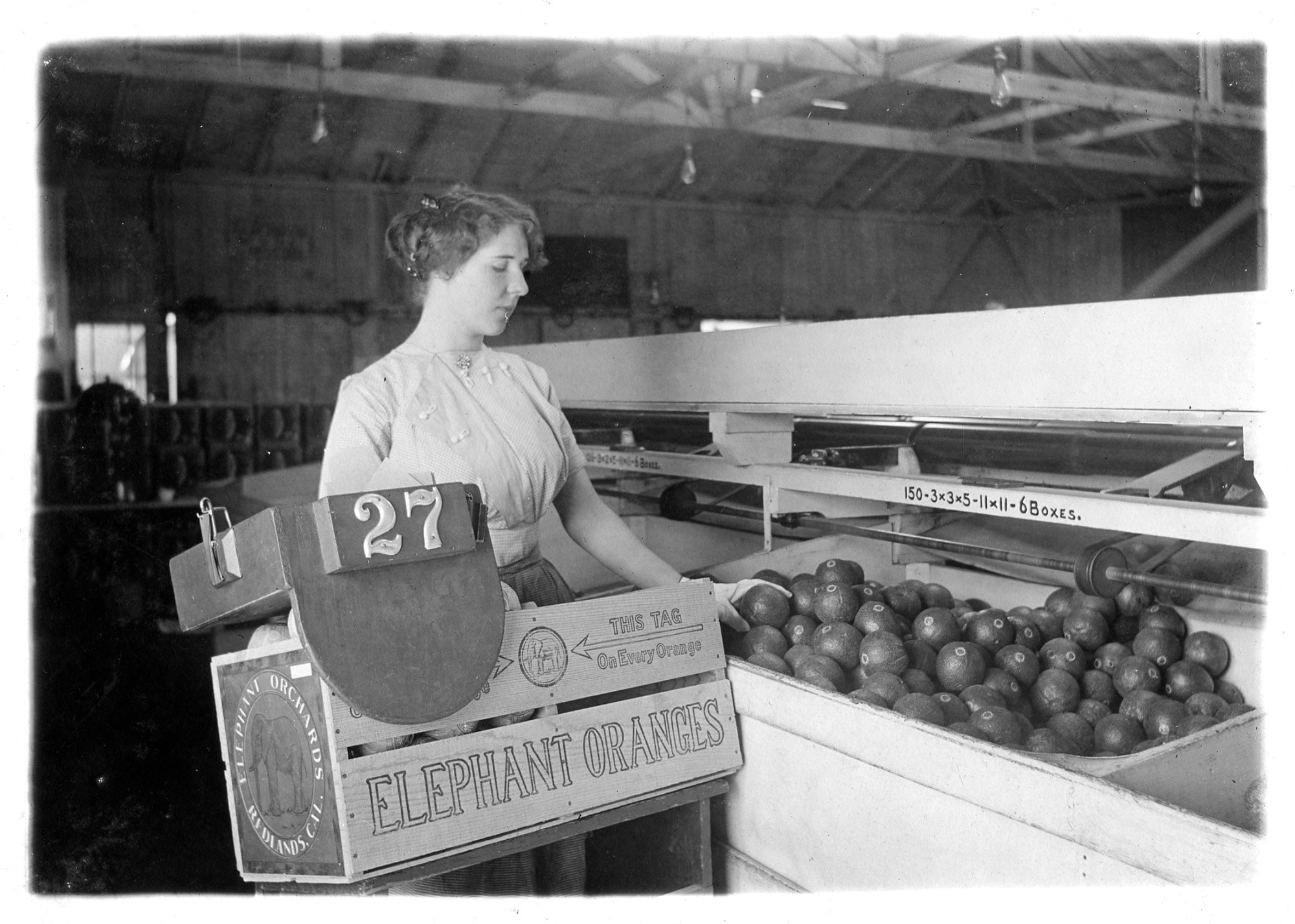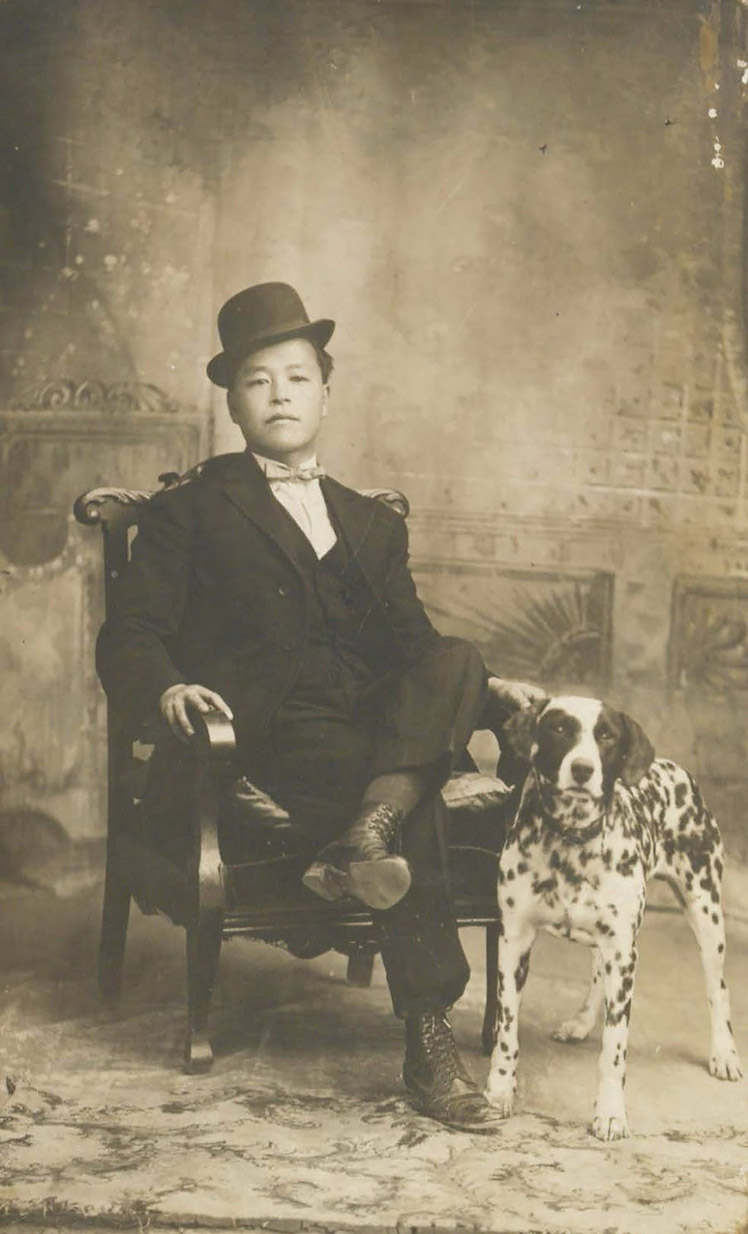Experience history from the ground up, in the voices of those who have lived it. We are a community archive & mapping project documenting historic communities of color, working people, and LGBTQ+ individuals in Riverside and San Bernardino.
What did schools look like in the Bryn Mawr area between the early 1900s and 1943?
55 minutes
Students learn about education and schooling in the Bryn Mawr and Loma Linda area with a focus on the development and dismantling of segregated schooling in the area.
How Did Mexican Americans Build a Community in Bryn Mawr?
55 minutes
Students learn about the ways that Mexican immigrants made community in the Bryn Mawr and Loma Linda area including how they faced discrimination, prejudice and pressure to assimilate.
Portraits in the Groves
55 minutes
This short exploratory lesson plan explores how citrus workers made important statements of belonging by taking portraits in the citrus groves. Students will learn about Southern California’s citrus industry, immigration, labor history and portraiture.
You've reached the end of this archive
No more pages to load
